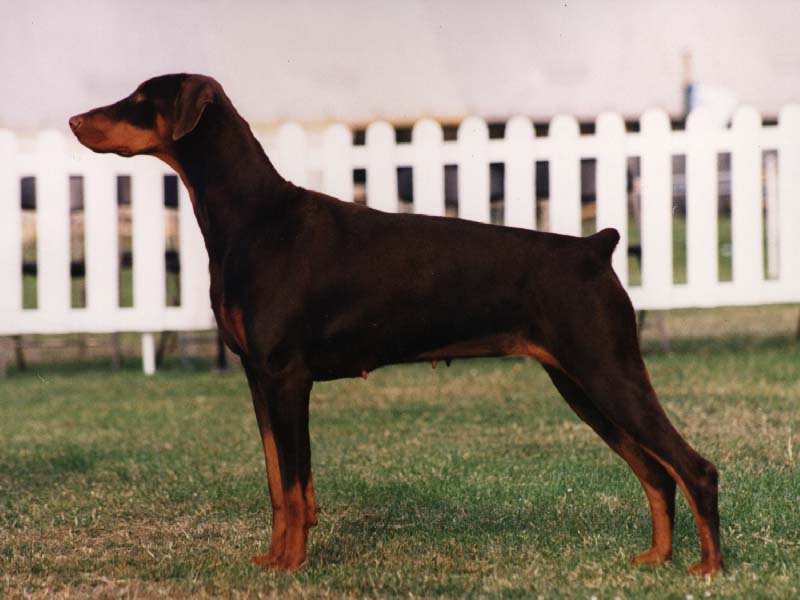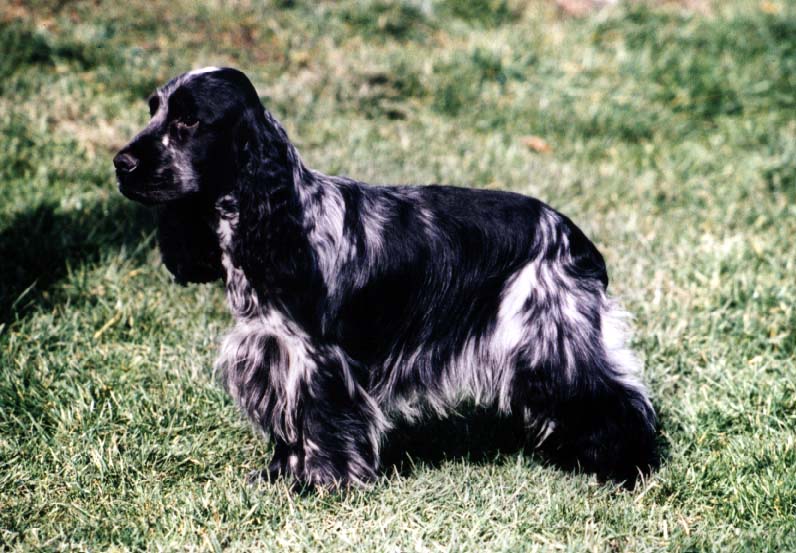Suprascapular neuropathy
Introduction
- Uncommon.
- Single nerve lesion.
- Cause: probable trauma to the suprascapular nerve.
- Signs: chronic lameness in a forelimb (rarely bilateral) with pronounced atrophy of supraspinatus and infraspinatus muscles.
- Diagnosis: history, clinical signs.
- Treatmentsurgical, eg tenotomy of the infraspinatus tendon.
- Prognosis: good.
Presenting signs
- Chronic forelimb lameness.
- Usually seen in hunting/working dogs.
- Acute onset of lameness during vigorous training/hunting followed by gradual atrophy of shoulder muscles and alteration in limb posture/gait.
Acute presentation
- Initially seen as an acute episode of non-weight-bearing lameness.
Age predisposition
- Any age.
Breed/Species predisposition
- Usually hunting/working breeds, guard dogs.
- Dobermann
 .
. - German Short-haired Pointer German Shorthaired Pointer.
- Siberian Husky Siberian Husky.
- Labrador Retriever Retriever: Labrador.
- Australian Shepherd Australian Cattle Dog.
- Springer Spaniel English Springer Spaniel.
- English Pointer Pointer.
- Border Collie Border Collie.
- Brittany Spaniel Brittany.
- Beagle Beagle.
- Cocker Spaniel
 .
.
Cost considerations
- Moderate expenses incurred for diagnostic work-up and surgery.
Special risks
- None associated with the condition itself.
- Routine risks associated with anesthesia.
Pathogenesis
Etiology
- Trauma?
Predisposing factors
General- Most commonly in dogs with infraspinatus contracture, lameness is observed after a period of vigorous exercise rather than after direct trauma to the shoulder.
Pathophysiology
- The pathogenesis of this condition is unclear.
- Muscle contracture (shortening of muscle not caused by active contraction) may result from trauma to muscle fibers, nerves (see Pathophysiology) or blood vessels (ischemic contracture).
- Injury, eg by a direct blow to the nerve or by over-stretching the nerve as a result of the shoulder being thrust caudally in a violent fashion, to the suprascapular nerve as it passes around the cranial edge of the scapula can result in nerve fiber degeneration and subsequent nervogenic atrophy in the muscles. This nerve supplies infraspinatus and supraspinatus muscles.
Timecourse
- Usually 2-4 weeks (or longer) for muscle atrophy to develop.
Diagnosis
Subscribe To View
This article is available to subscribers.
Try a free trial today or contact us for more information.
Treatment
Subscribe To View
This article is available to subscribers.
Try a free trial today or contact us for more information.
Prevention
Subscribe To View
This article is available to subscribers.
Try a free trial today or contact us for more information.
Outcomes
Subscribe To View
This article is available to subscribers.
Try a free trial today or contact us for more information.
Further Reading
Publications
Refereed papers
- Recent references from PubMed and VetMedResource.
- Dillon E A, Anderson L J, Jones B R (1989) Infraspinatus muscle contracture in a working dog. New Z Vet J 37 (1), 32-34 PubMed.
- Carberry C A & Gilmore D R (1986) Infraspinatus muscle contracture associated with trauma in a dog. JAVMA 188 (5), 533-534 PubMed.
- Bennett R A (1985) Contracture of the infraspinatus muscle in dogs: a review of 12 cases. JAAHA 22 (4), 481-487 VetMedResource.
- Pettit G D & Slatter D H (1972) Infraspinatus contracture associated with suprascapular paralysis in a dog. JSAP 13 (12), 699-702 PubMed.